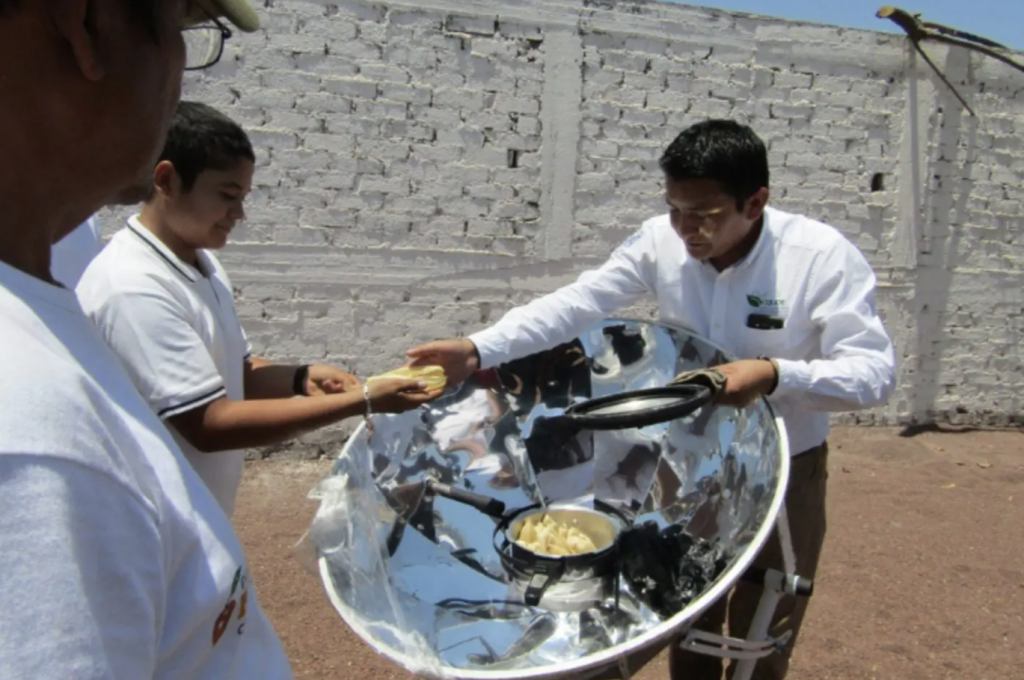(Sustainabilityenvironment.com) – Is it possible to transform a pollutant that is dangerous to the environment and health into a clean energy source and an active component of the ecological transition? According to a group of American engineers, yes. A team of researchers from the University of Houston, USA, and the Universidad Intercultural Indígena de Michoacán, Mexico, has found a way to exploit soot in the production of clean energies.
This carbonaceous particulate, obtained from the combustion of organic materials, brings with it various problems, both at the sanitary and technological levels. But in the research conducted by professors Francisco Robles-Hernández and Luis Bernardo López-Sosa has become an instrument of efficiency. Scientists have used soot to improve the yield and economy of solar cookers, devices that use the heat of the sun to heat, cook or pasteurize beverages and foods.
The best materials to absorb this heat are normally dark carbon compounds, including graphene or nanotubes. Certainly better, but also more expensive. That’s why the team decided to resort to a cheaper and easily available alternative.
“There is no energy involved in soot production because it is an abundant by-product and its circular reuse can reduce the carbon footprint,” said Robles-Hernández, the study’s correspondent. “The cost is close to zero, which makes it convenient and ideal for solar conversion”.
Scientists have created pellets and flat coatings based on soot taken from burnt wood. They found that, in most cases, these products have even better thermal absorption properties than their technological counterparts. To test their invention, the team designed a kitchen with clean energy, in this case solar, able to get up to 204 º C. The cost to produce the appliance? About 150 dollars, while the new soot coating cost only 1 dollar per square meter. At the same time, it has a solar absorption capacity 96% higher than that of commercial products.
Researchers say that soot-based heat-absorbing materials could be used in solar distillers, heating pipes, water purifiers and industrial drying processes. The research was published in the journal Carbon.

